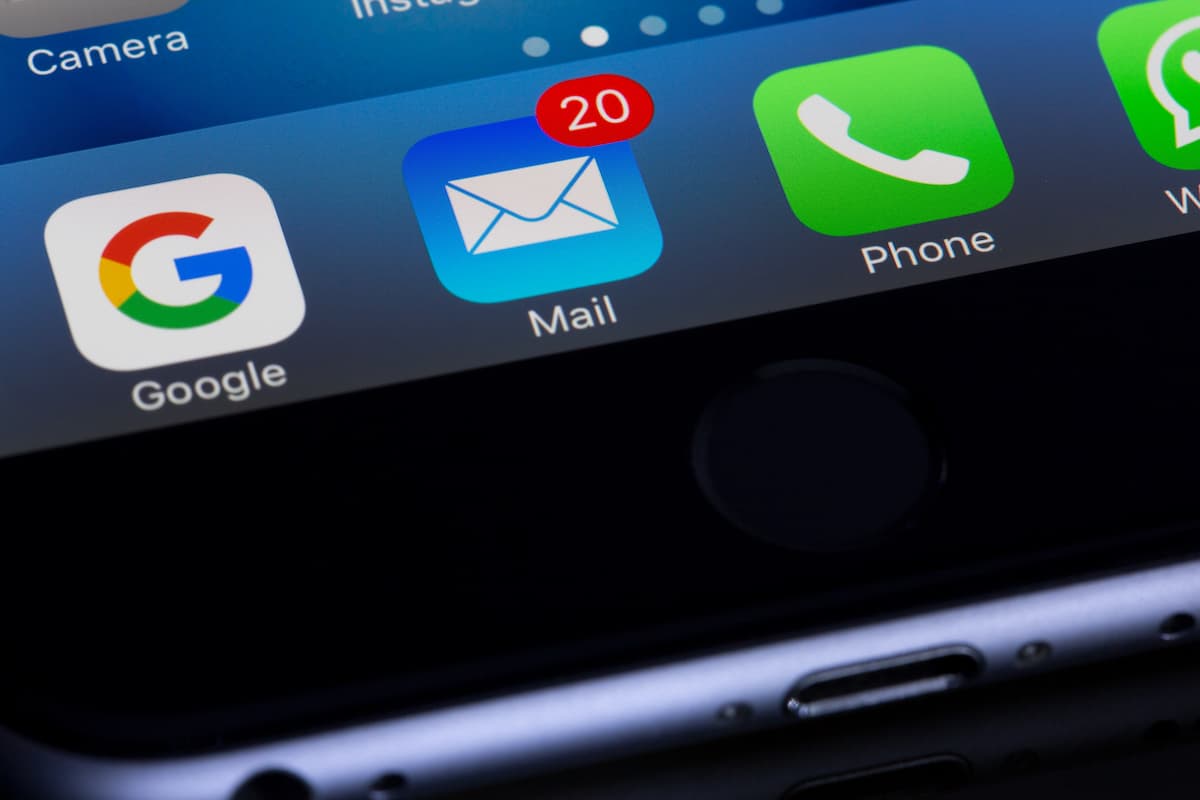Having a good closer to your email can make or break whether you get a good response or a sales lead. As you reach the end of your email, it’s essential to leave a strong and memorable impression on the recipient. The closing of your email is your final opportunity to reinforce your message, convey appreciation, and provide a clear call-to-action. In this article, w’ll explore strategies for crafting a powerful email closing, choosing an appropriate sign-off, expressing gratitude, including relevant contact information, and ending with a clear call-to-action.
The Importance of a Strong Email Closing
A strong email closing leaves the recipient with a positive lasting impression of your communication. It reinforces your professionalism, attention to detail, and commitment to effective correspondence. Your closing should align with the tone and purpose of your email while creating a sense of completion and satisfaction.
Choosing the Appropriate Sign-Off
The sign-off you choose for your email should be aligned with the nature of your relationship with the recipient and the level of formality in your communication. It’s important to strike the right balance between being polite and professional without being overly formal or distant.
For formal or professional emails, common sign-offs include “Sincerely,” “Best regards,” or “Yours faithfully.” These options convey a sense of professionalism and respect. For more informal or casual communications, you can consider sign-offs like “Best,” “Warm wishes,” or “Take care.” Choose a sign-off that feels authentic and appropriate for the relationship you have with the recipient.
Conveying Appreciation and Gratitude
Expressing gratitude in your email closing can leave a positive impression on the recipient and show that you value their time and attention. It’s important to acknowledge their willingness to engage with your message and convey your appreciation for their consideration.
Consider using phrases such as “Thank you for your time,” “I appreciate your prompt response,” or “I am grateful for the opportunity to connect.” These expressions of gratitude can help create a sense of goodwill and foster positive relationships.
Including Relevant Contact Information
Providing your contact information in the email closing ensures that the recipient has a convenient way to reach out to you if needed. This is particularly important when you are initiating a conversation or requesting a response.
Include your full name, job title, and any relevant contact details such as your email address or phone number. By providing this information, you make it easy for the recipient to connect with you and continue the conversation.
Ending with a Clear Call-to-Action
Like we mentioned in our last article, a clear and concise call-to-action (CTA) in the closing of your email helps guide the recipient on what steps to take next. Whether you are requesting a follow-up meeting, asking for feedback, or inviting the recipient to take a specific action, a well-crafted CTA ensures that your intentions are clear.
Be specific and use action-oriented language in your CTA. Clearly state what you expect from the recipient and provide any necessary details or instructions. For example, you could say, “I look forward to discussing this further in a meeting next week. Please let me know your availability,” or “I would appreciate your feedback on the attached proposal by the end of the week.” When it comes to marketing, you usually want a button, and something around 1-4 words, such as “Take a Look”, “Schedule Your Appointment”, or “Upgrade”.
The best way to find out if your CTA is effective is to check for a response. At a larger scale, however, this becomes tedious to do by hand. You’ll instead want to set up and see how well your email marketing analytics and benchmarking is doing.
Proofreading and Editing the Email
Before sending your email, it’s crucial to proofread and edit it carefully. Pay attention to grammar, spelling, and punctuation errors. A polished and error-free email demonstrates your attention to detail and professionalism.
Take the time to read your email aloud or have someone else review it to ensure that your message is clear and coherent. Consider the tone, clarity, and overall effectiveness of your email. Making any necessary revisions or adjustments can significantly improve the impact of your communication.
Final Tips for Effective Email Closings
Here are some additional tips to keep in mind when crafting your email closing:
- Maintain a consistent tone throughout the email, ensuring that your closing matches the overall style and purpose.
- Avoid using clichés or generic phrases that may diminish the impact of your closing. Instead, strive for authenticity and originality.
- Tailor your closing to the recipient’s needs and expectations. Consider their preferences and any cultural considerations that may influence their perception of your communication.
- Keep your closing concise and focused. Avoid unnecessary details or tangents that could dilute the effectiveness of your message.
By following these tips and strategies, you can ensure that your email closing leaves a lasting impact and sets the stage for further engagement or action.
In the next section, we will provide a recap of the key points covered in this blog post and emphasize the importance of a strong email introduction. So, let’s continue our journey to master the art of effective email communication.
Conclusion
We explored the significance of closing an email with impact. A strong email closing leaves a lasting impression and reinforces your professionalism. We discussed strategies for choosing an appropriate sign-off, expressing gratitude, including relevant contact information, and ending with a clear call-to-action. By mastering the art of closing an email effectively, you can leave the recipient with a sense of satisfaction and a clear understanding of the next steps.
If you’re using this guide for email marketing, then it’s probably a good idea to start using an email builder like MailChimp or Klaviyo. There are even a few guides out there to help you with getting started with Klaviyo and ActiveCampaign.











































